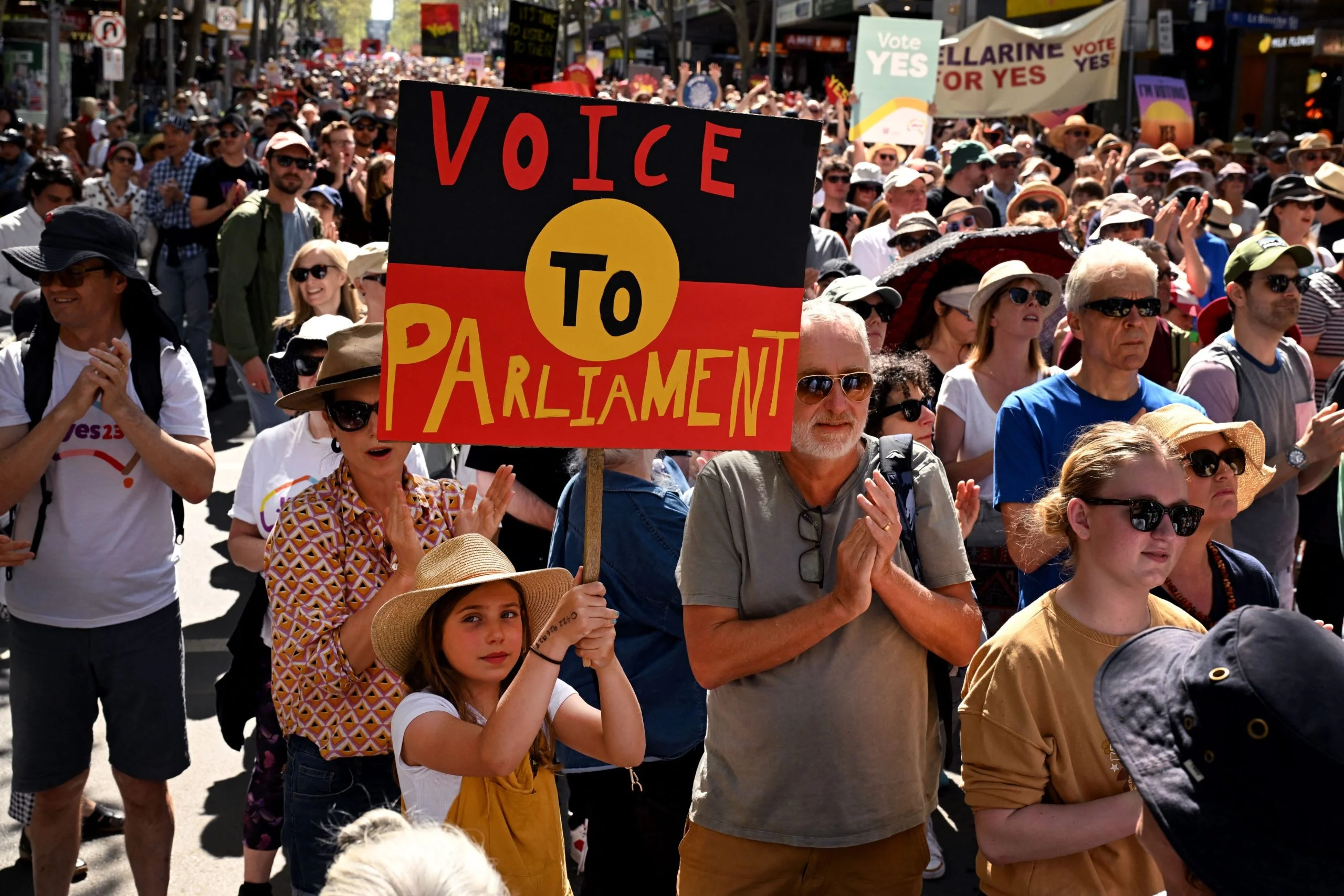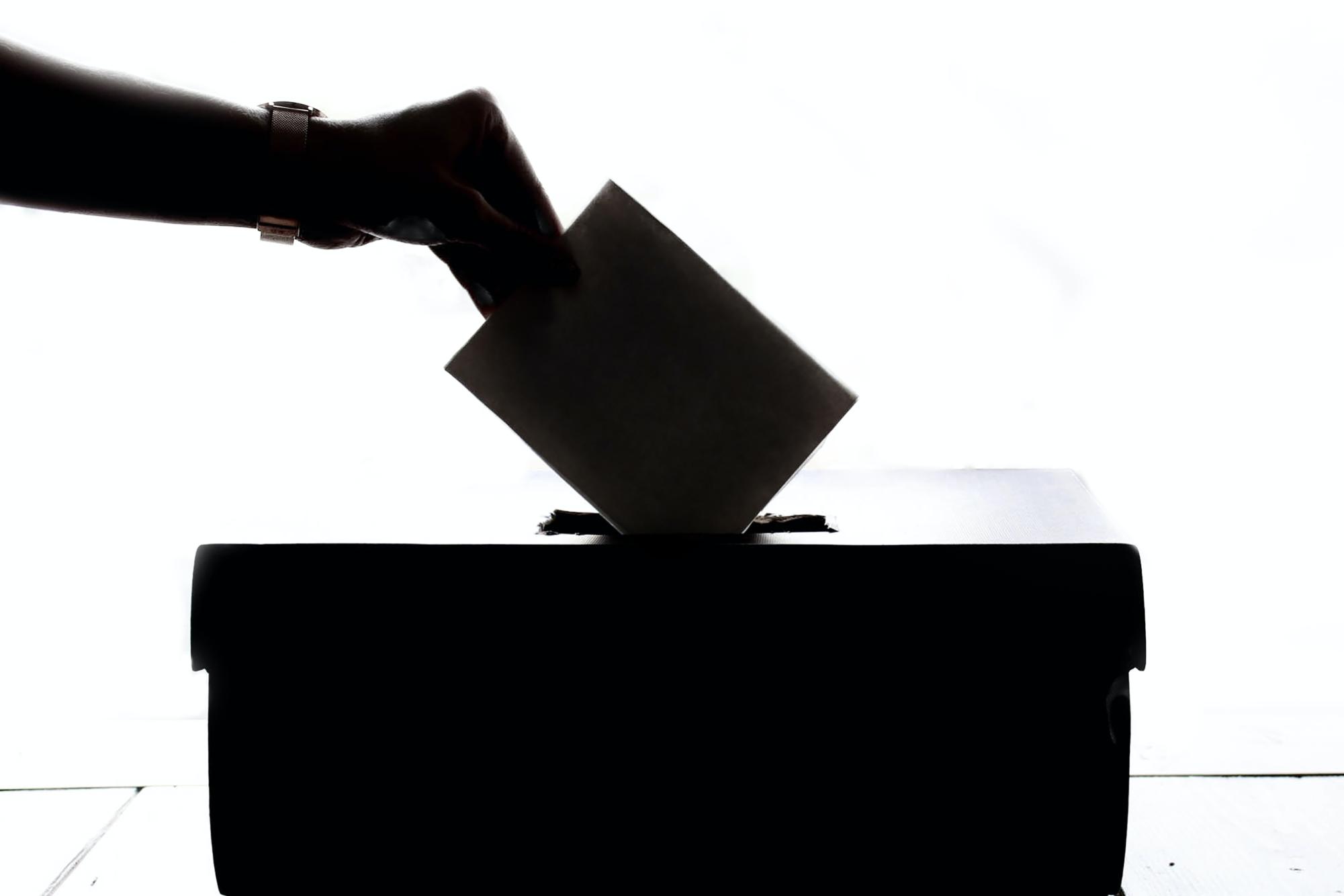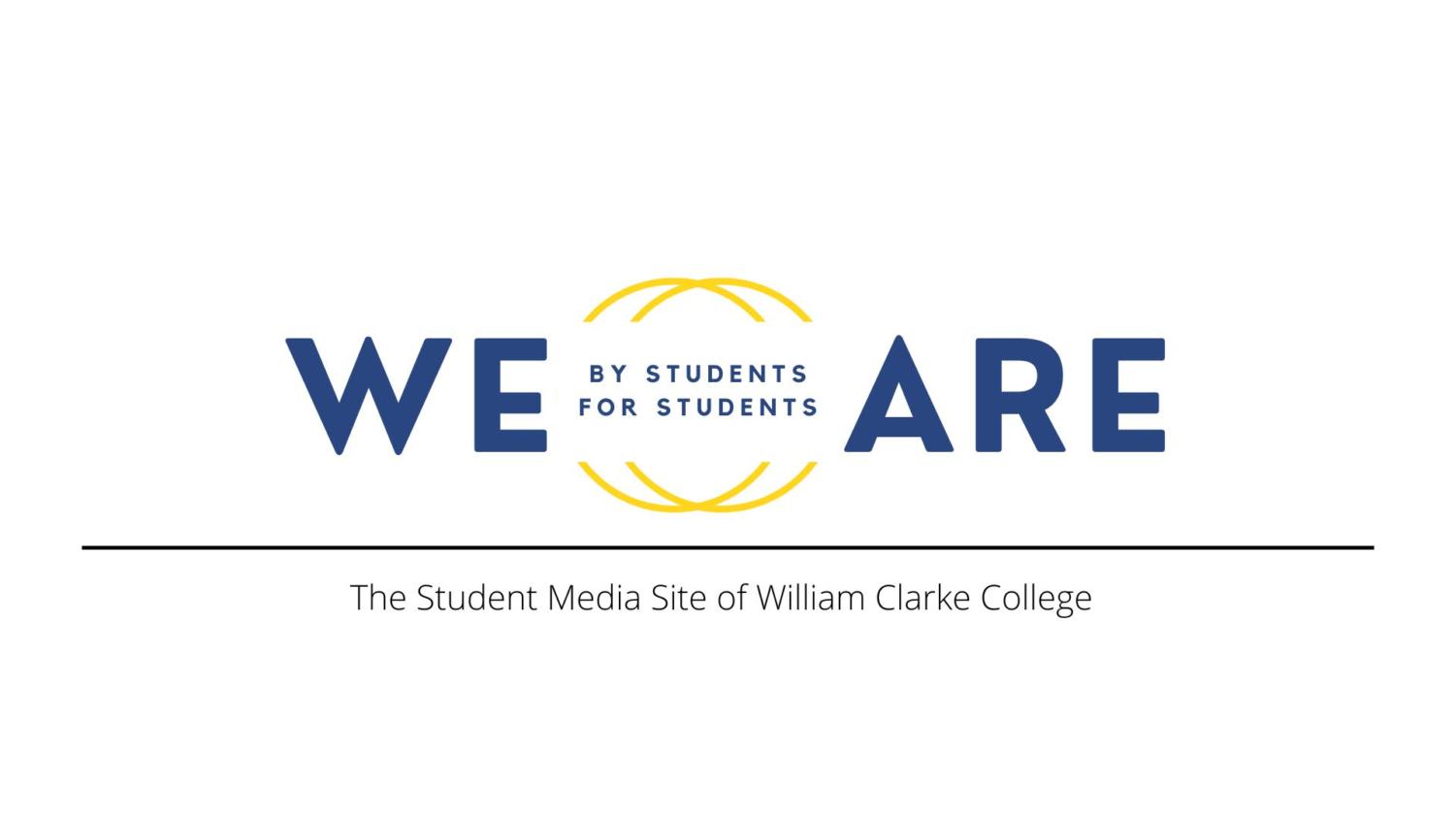
Editor’s Disclaimer:
The purpose of this article is to provide readers with further insight into the recent referendum, however, please note that it is an opinion piece. If you would like to learn more on the topic, we encourage readers to conduct their own research in addition to the following article. This article discusses information concerning, and potentially confronting to, Aboriginal and Torres Strait Islander Peoples. Reader discretion is advised.
We Are is committed to championing student voice, and we encourage you to engage with this content kindly and respectfully.
The 14th of October was an enthralling day! I woke up in the morning and got out of bed, only having waited a year and a half for Australia to head to the polls again, instead of the usual three! It was a Referendum!
Of course, there was the usual excitement in the air of the democracy sausages, cake stalls and so on. Potentially, some of our readers had the privilege and responsibility of voting! But for me, nothing beats turning on the ABC at 6 o’clock and tuning in to Anthony Green’s referendum (usually election) coverage.
For those of you who don’t know who Anthony Green is; shame on you and read this. He is literally the most famous person in Australia on Election Nights!

In under 90 minutes, the referendum was called. A majority of Australians in a majority of States (a requirement for any Referendum to pass according to Section 128 of Australia’s Constitution) had voted ‘No’ to recognising the First Peoples of Australia by establishing an Aboriginal and Torres Strait Islander Voice to Parliament.
This article isn’t going to be a recount of events. I’m confident that you all know, even if you’ve been living under a rock, that a majority of Australians voted ‘No’. The actual story of the night of is quite simple and rather dull. Anyone who paid even a little attention to the polls knew where this result was going.
Rather, perhaps more interesting is what led to this result. What caused approximately 30% of the support for this proposal to drop? Why did the tide begin to swing in the last few months of this Campaign? What is the reason, or reasons, why this promised and highly anticipated Referendum failed?
A Referendum without bipartisan support is historically impossible to pass. Out of Australia’s previous 44 Referendums, only 8 have passed and they have all had support from both sides of the house. On the 5th of April, when Opposition Leader Peter Dutton announced that the Liberals would campaign for the ‘No’ vote, some say that the writing was already on the wall. This is logical; there will unfortunately always be stubborn voters who won’t dare to cross party lines. Thus, despite the Voice still having 60% support at this stage (Source: YouGov, May 2023), it was going to be an uphill battle for ‘Yes’ Campaign to win every voter still willing to listen to them. Whilst many, including Prime Minister Albanese, would come to see this as the defining moment of the Campaign trial, could this vote have been doomed even earlier?
The Liberal’s opposition was mild at best. They supported the first half of the proposal, to codify indigenous recognition into Australia’s Constitution. The contentious issue was the Voice to Parliament; to which the Coalition asked for a non-permeant, legislated implementation due to the lack of detail provided. If Albanese was willing to provide more information and cooperate across the floor, would this outcome have looked different?
Further, the Liberals mostly took a back seat approach to this campaign. Whilst prominent leaders we’re undoubtably drawn into a Frenzy of Media duties. One of the Liberal Party’s best decisions might have been to have taken a backstage role and let more radical groups take an active role in this debate. This was a messy campaign where it was difficult for anyone, especially the ‘No’ vote, to look like the “good guys”. Thus, the Liberal Party and the non-radical ‘No’ appear to have simply attempted to do as little as possible, whilst letting everyone else metaphorically shoot themselves in the foot. Of course, the side that often wins is the side that makes the least mistakes, and it just so happens to be easier to hide your mistakes when you’re not in the spotlight.
Perhaps, more influential was the opposition of the Nationals, announced by MP David Littleproud on the 28th of November last year. Whilst this not only influenced the later position of the Coalition, it also established the strong bases for which the ‘No’ Campaign would later expand, including the fundamental arguments of detail, division, and bureaucracy. These arguments would later be expanded upon into arguably one of the most effective advertising campaigns in the digital age. A campaign where the ‘No’ vote was able to reach the masses and remote communities, albeit potentially through somewhat misleading information, despite have reportedly one fifth the budget of ‘Yes’.
Moreover, the opposition of the Country Party resulted in the emergence of influential ‘No’ campaigners, Nationals Senator Jacinta Nampijinpa Price and former Liberal (and Labor) MP Nyunggai Warren Mundine. The decision to make two individuals of Aboriginal decent the face of the campaign against a Voice that was meant to “improve the quality of life for Indigenous Australians” certainly raised eyebrows. Subsequently, the ‘No’ campaign found itself in a unique position to reveal what “most” Aboriginal Australians wanted, despite this being contradictory to the Uluru Statement from the Heart (2017).
Therefore, the decision of the National Party to support the ‘No’ campaign cannot be understated in its influence upon this Referendum, especially considering the Poll numbers were already falling prior to Liberal involvement this year (Source: The Guardian). As James Massola (Source: SMH) put it prior to October 14, “early intervention to ensure that National Party was voting No – Long before the Liberals adopted a position will come to be seen as perhaps the decisive moment if No succeeds.”
Overall, a Referendum would always be difficult to pass, especially for a contentious issue such as Aboriginal Rights. The Tide of History, where only 18% of Referendums have previously passed, was always going to be one of the toughest tests, for the 250 Indigenous Leaders who gathered together at Uluru in May 2017, to face. Our Constitution isn’t built to be altered easily, for a Referendum to pass it needs to clear a very high bar which this Voice just couldn’t reach.
Was it the opposition from the Coalition? Was it a widespread usage of misinformation and disinformation? Was it a rushed and inconsiderate proposal from the Albanese Government? Was it always doomed to fail given that no Referendum has passed without initial support of above 90%?
There is no one true cause, or at least I don’t think so. A number of factors resulted in most Australians not believing that this proposal would provide the practical outcomes needed to close the gap between Indigenous and non-Indigenous Australians.
My hope is that this outcome will not discourage the many people still striving to improve the lives of our fellow Australians. Ultimately, I have confidence that our Local, State and Federal Governments will continue to seek better ways to support all Australians, especially those of Aboriginal and Torres Strait Islander descent.






